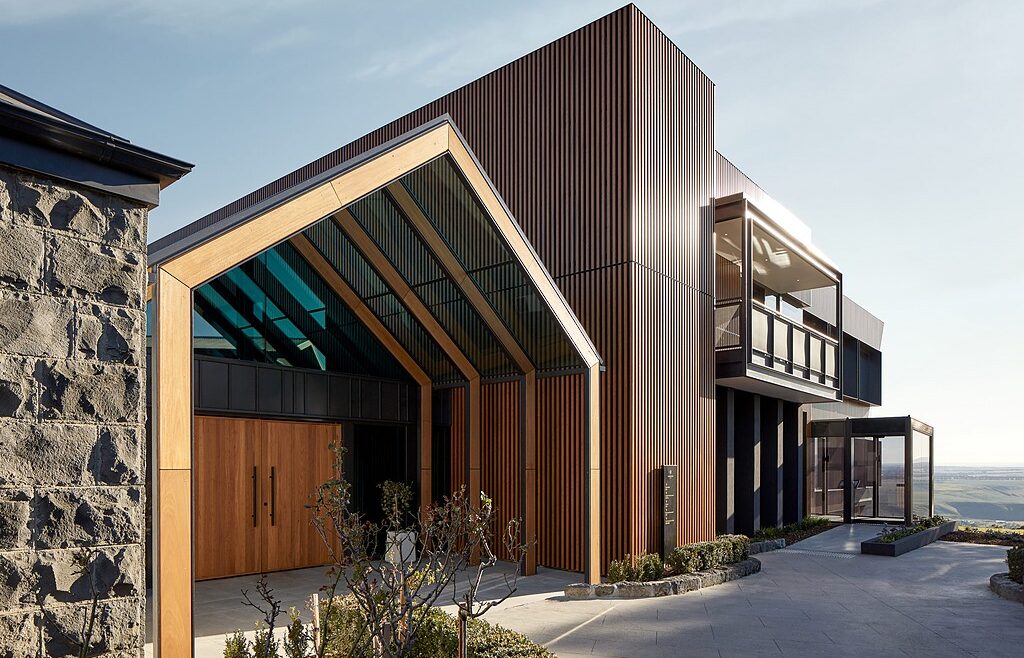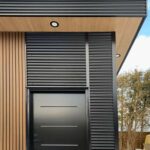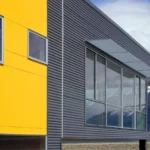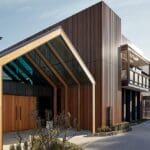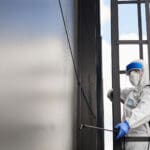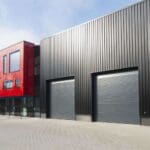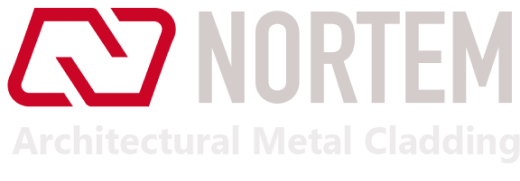In the world of architecture and construction, cladding plays a crucial role in not only protecting structures but also defining their aesthetic appeal. Lightweight cladding, in particular, has gained significant popularity in recent years. Architects, designers, and builders are increasingly turning to lightweight cladding materials for their numerous advantages, ranging from enhanced energy efficiency to reduced construction costs. In this comprehensive guide, we will delve into the myriad benefits of lightweight cladding and explore how it is shaping the future of architecture and sustainability.
1. Lightweight Cladding: Enhanced Energy Efficiency
One of the foremost advantages of lightweight cladding is its ability to improve the energy efficiency of buildings. Lightweight cladding materials, such as insulated panels or high-performance composites, offer superior thermal insulation. This means that they help maintain stable indoor temperatures, reducing the need for excessive heating or cooling. As a result, buildings with lightweight cladding can achieve substantial energy savings, leading to lower utility bills and a reduced carbon footprint.
2. Reduced Structural Load
Traditional cladding materials, like brick or concrete, can impose a significant structural load on buildings. In contrast, lightweight cladding materials are much lighter, alleviating stress on the building’s framework. This reduced structural load can lead to cost savings during construction, as it often requires less robust support structures. Additionally, it allows for greater design flexibility and the ability to construct taller and more innovative buildings.
3. Speedier Construction
The lightweight nature of cladding materials translates to faster construction times. Installation of lightweight cladding is typically quicker and requires fewer labor resources compared to traditional heavyweight alternatives. This not only accelerates project completion but also lowers labor costs, making lightweight cladding an attractive choice for builders and developers.
4. Versatility in Design
Architects and designers appreciate the versatility offered by lightweight cladding materials. These materials come in a wide range of shapes, sizes, and finishes, allowing for greater creativity in design. Whether it’s creating sleek, modern facades or replicating the appearance of traditional building materials, lightweight cladding provides ample opportunities for customization.
5. Improved Durability
Lightweight cladding materials are often engineered for durability. They are designed to withstand the rigors of weather, UV exposure, and environmental factors without deteriorating quickly. This longevity not only reduces maintenance costs over time but also contributes to sustainability by minimizing the need for frequent replacement.
6. Sustainable Benefits
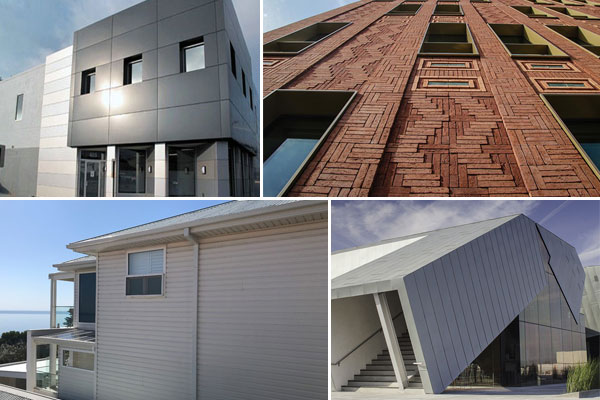
Sustainability is a critical consideration in contemporary architecture. Lightweight cladding aligns with sustainable design principles in several ways. Its energy-efficient properties reduce a building’s carbon footprint. Moreover, many lightweight cladding materials are recyclable or made from recycled content, further reducing environmental impact.
7. Cost Savings
While the initial cost of some lightweight cladding materials may be higher than traditional options, the long-term cost savings often outweigh the initial investment. Reduced energy consumption, lower maintenance expenses, and faster construction can result in significant financial benefits for building owners.
8. Ease of Maintenance
Lightweight cladding materials are typically low-maintenance. They are resistant to rust, corrosion, and decay, which can be common issues with heavier cladding materials like metal or wood. This means that building owners can enjoy the aesthetic benefits of cladding without the headache of frequent upkeep.
9. Fire Resistance
Many lightweight cladding materials are designed to be fire-resistant, enhancing the safety of occupants and the protection of the structure. This is a critical factor, especially in areas prone to wildfires or other fire-related hazards.
10. Acoustic Insulation
In addition to thermal insulation, some lightweight cladding materials offer excellent acoustic insulation properties. This is especially valuable in urban environments where noise pollution can be a concern.
11. Aesthetic Appeal
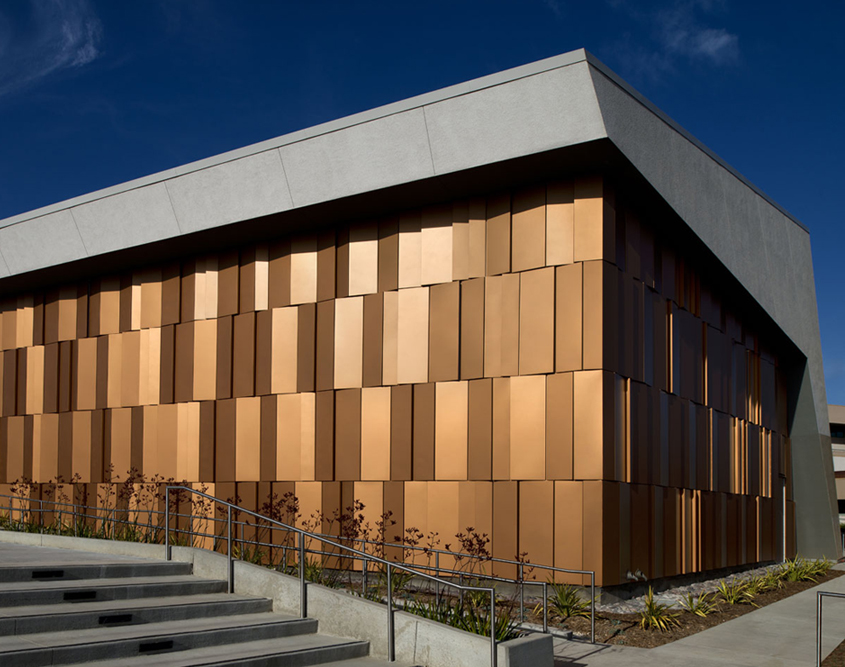
Last but not least, lightweight cladding can significantly enhance the aesthetic appeal of buildings. Whether it’s a sleek and modern appearance or a more traditional, textured look, lightweight cladding materials can elevate the visual impact of a structure.
1. What is lightweight cladding?
Lightweight cladding refers to the use of materials that are significantly lighter in weight compared to traditional cladding materials like brick or concrete. These materials offer various benefits in construction and design.
2. What are the key advantages of using lightweight cladding in construction?
The advantages include enhanced energy efficiency, reduced structural load, faster construction times, design versatility, improved durability, sustainability benefits, cost savings, ease of maintenance, fire resistance, acoustic insulation, and enhanced aesthetic appeal.
3. How does lightweight cladding improve energy efficiency in buildings?
Lightweight cladding materials provide superior thermal insulation, helping maintain stable indoor temperatures. This reduces the need for excessive heating or cooling, resulting in energy savings and reduced utility bills.
4. Are lightweight cladding materials as durable as traditional heavyweight materials?
Many lightweight cladding materials are engineered for durability and are designed to withstand weather, UV exposure, and environmental factors. They often have a long lifespan and require minimal maintenance.
5. Do lightweight cladding materials require specialized installation techniques?
While installation methods can vary depending on the material, lightweight cladding is generally easier and quicker to install than traditional materials. It often requires fewer labor resources and less robust support structures.
Lightweight cladding has emerged as a game-changer in the world of architecture and construction. Its numerous advantages, from energy efficiency to versatility in design, have made it a preferred choice for modern buildings. As sustainability becomes an ever-increasing concern, lightweight cladding materials offer a path towards greener and more efficient structures.
The benefits of lightweight cladding extend beyond aesthetics and convenience; they encompass environmental responsibility and cost-effectiveness. For architects, builders, and building owners alike, embracing lightweight cladding is a step towards a more sustainable and innovative future in construction and design. As technology continues to advance, we can expect even more exciting developments in the realm of lightweight cladding, further revolutionizing the way we build and inhabit our spaces.

